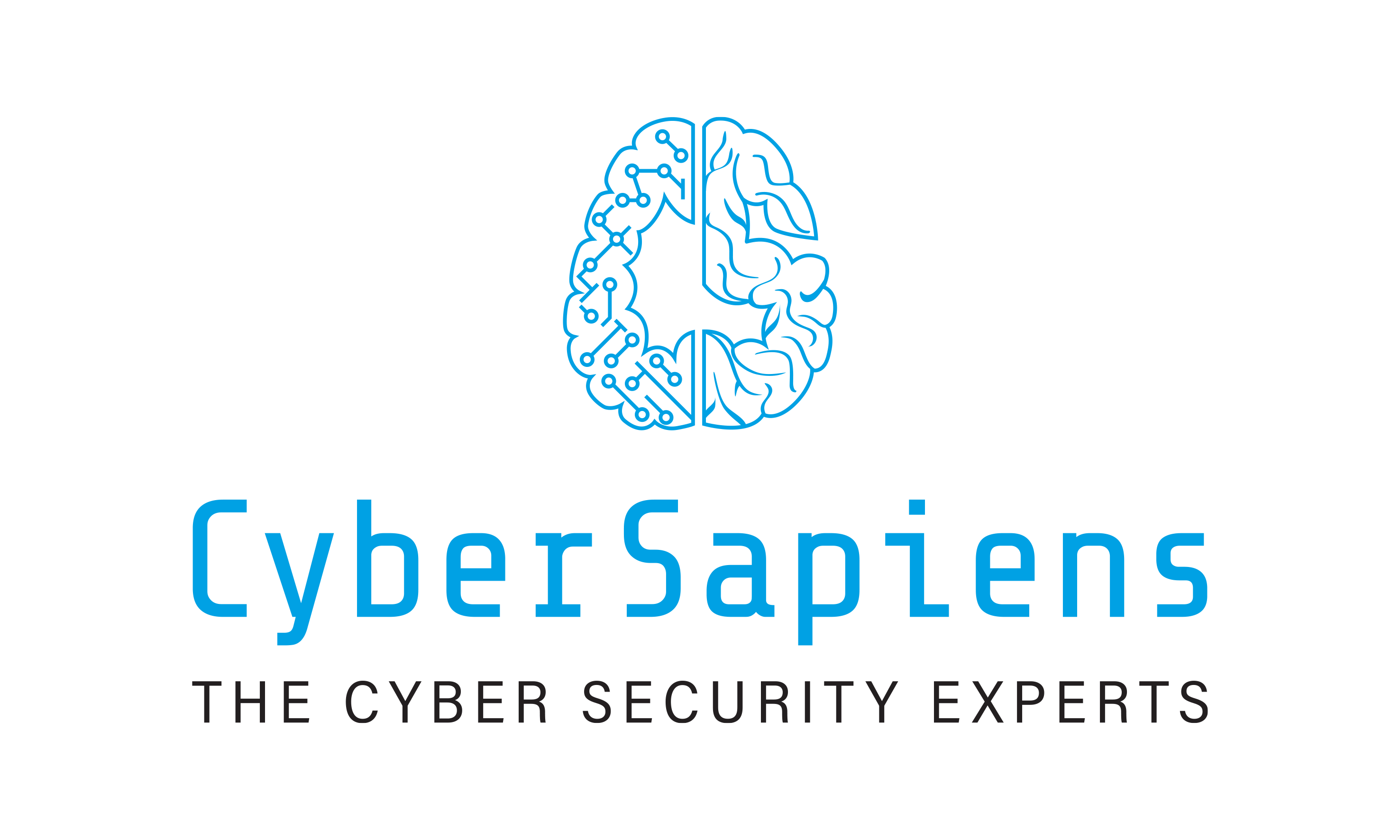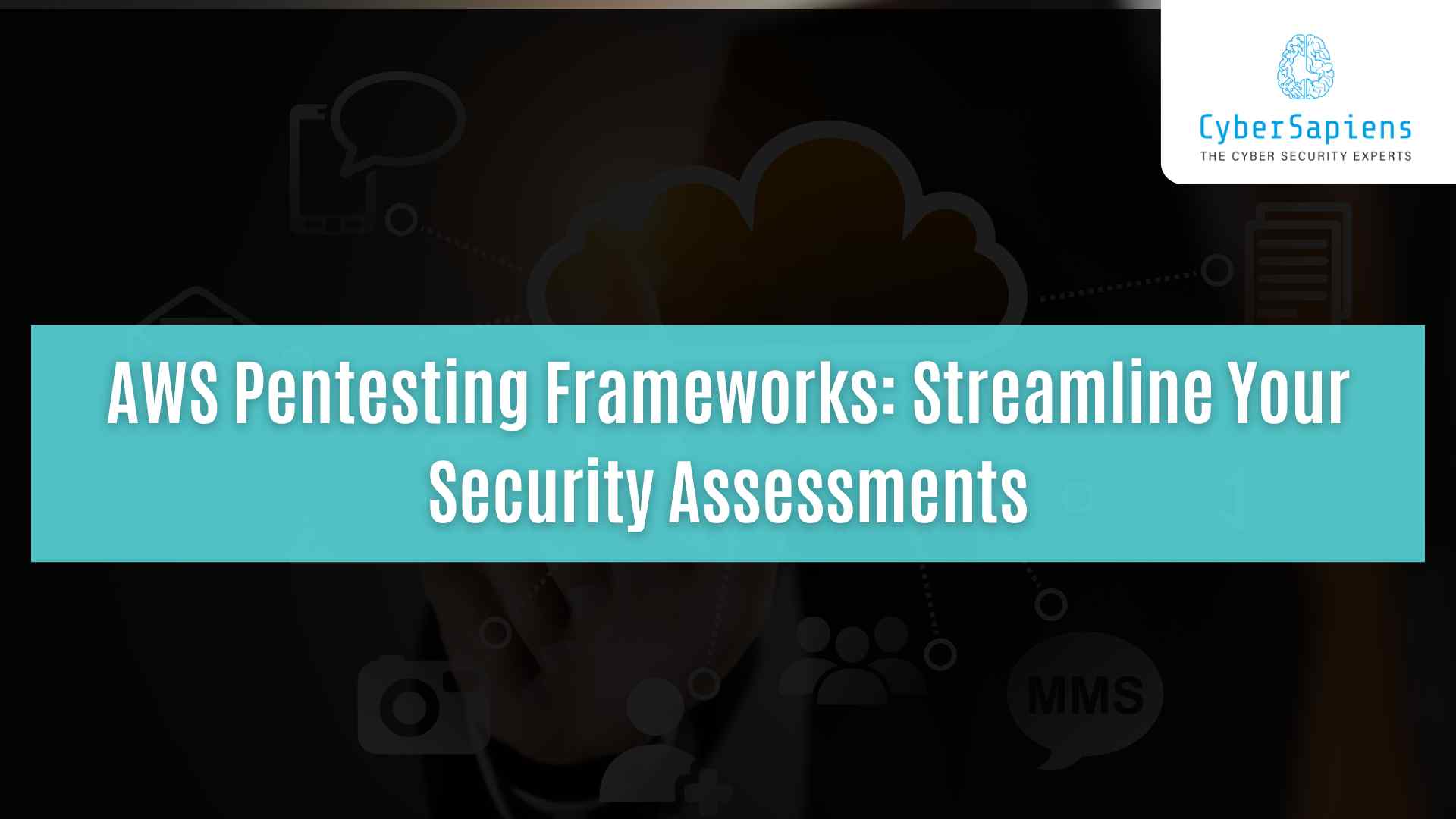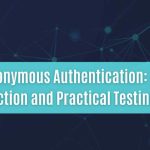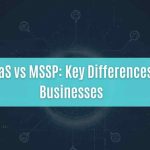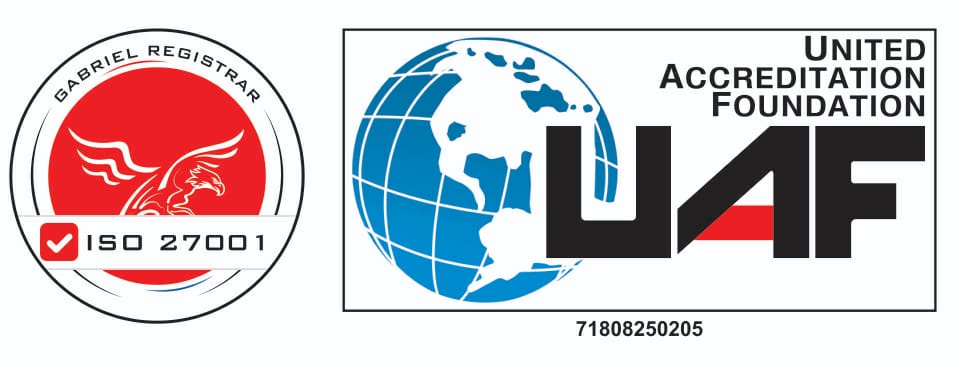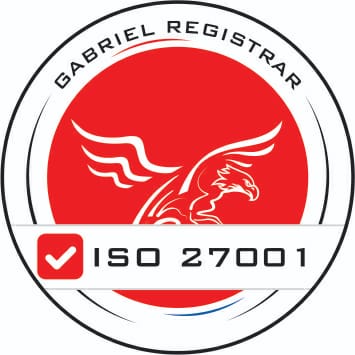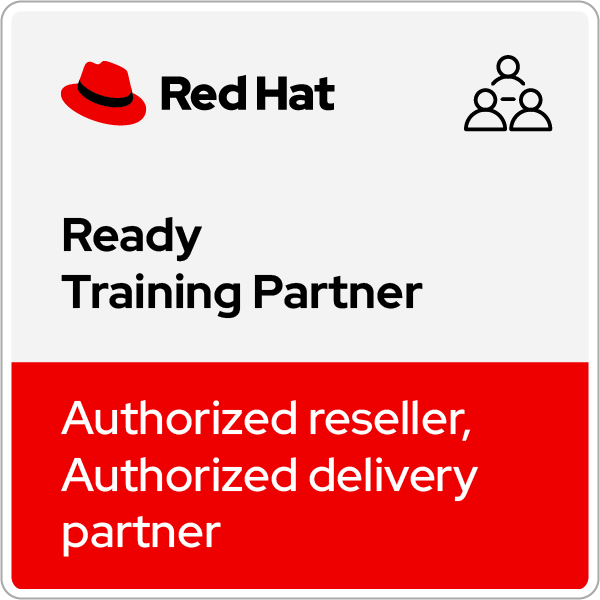Securing your AWS environment has become more crucial with the growing reliance on cloud infrastructure. As more businesses migrate to the cloud, the potential attack surface expands, introducing vulnerabilities that traditional on-premise security solutions may not address.
This is where AWS pentesting frameworks play a vital role in ensuring that your cloud infrastructure is safeguarded from potential threats. In this blog, we’ll explore how AWS pentesting frameworks can streamline your security assessments, making them more efficient and scalable.
Why AWS Pentesting is Essential
AWS offers powerful cloud infrastructure, but with power comes responsibility. While AWS is responsible for securing the cloud itself, users are responsible for securing what they put into the cloud.
This shared responsibility model means that organizations must be proactive about securing their cloud environment, and one of the best ways to do that is through penetration testing.
Pentesting helps identify security weaknesses, such as:
- Misconfigured security groups
- Exposed credentials or sensitive data
- Privilege escalation opportunities within IAM (Identity and Access Management)
- Unpatched vulnerabilities in AWS-hosted applications
Without regular testing, these issues can go undetected, potentially leading to breaches that harm the organization’s reputation and finances.
What are AWS Pentesting Framework?

An AWS pentesting framework is a set of tools, guidelines, and methodologies designed to test AWS environments for security vulnerabilities. These frameworks streamline the process by automating key tasks, providing a structure for the testing phases, and ensuring compliance with AWS policies.
Using a framework ensures that your pentesting efforts are efficient, repeatable, and standardized. These frameworks are often tailored to AWS-specific services, including IAM, EC2, S3, and Lambda, making them ideal for cloud environments.
Top 4 AWS Pentesting Frameworks
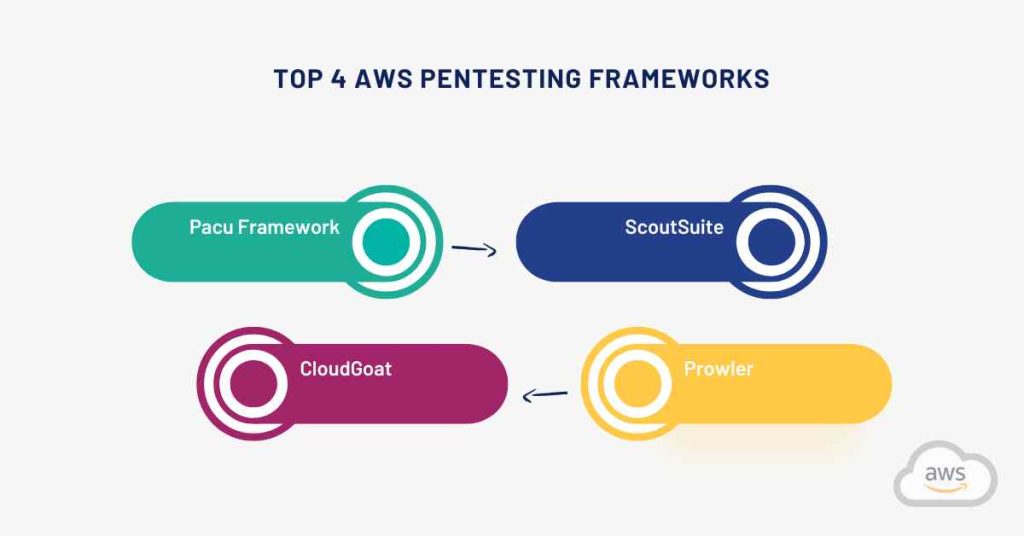
Here are some of the top frameworks you can leverage to streamline your AWS security assessments:
1. Pacu Framework
Overview: A comprehensive AWS exploitation framework designed for pentesters. Pacu focuses on the identification of misconfigurations and privilege escalations in AWS environments.
Key Features:
- Automated detection of common misconfigurations
- Support for testing IAM policies, S3 permissions, and EC2 vulnerabilities
- Easy integration with existing tools like Metasploit
Use Case: Ideal for penetration testers looking to exploit privilege escalations in AWS.
2. CloudGoat
Overview: CloudGoat by Rhino Security Labs is an AWS pentesting playground that allows security professionals to practice real-world attack scenarios in a safe environment.
Key Features:
- Pre-configured attack scenarios based on common AWS misconfigurations
- Hands-on exercises for learning how to identify and exploit vulnerabilities
- Designed for educational and training purposes
Use Case: Perfect for security teams needing hands-on experience in detecting AWS security risks.

3. ScoutSuite
Overview: A multi-cloud security-auditing tool, ScoutSuite performs read-only security checks and generates detailed reports on your AWS environment.
Key Features:
- Wide coverage of AWS services, including IAM, S3, RDS, and more
- Cloud service misconfiguration detection
- Integration with CI/CD pipelines for continuous assessment
Use Case: Excellent for security assessments and compliance audits of AWS environments.
4. Prowler
Overview: Prowler is a command-line tool that performs security best practices checks on AWS environments.
Key Features:
- CIS benchmarks compliance checks
- Multi-region support
- Automated security audits
Use Case: Ideal for organizations looking to ensure compliance and conduct regular security audits.
How Pentesting Frameworks Streamline Security Assessments
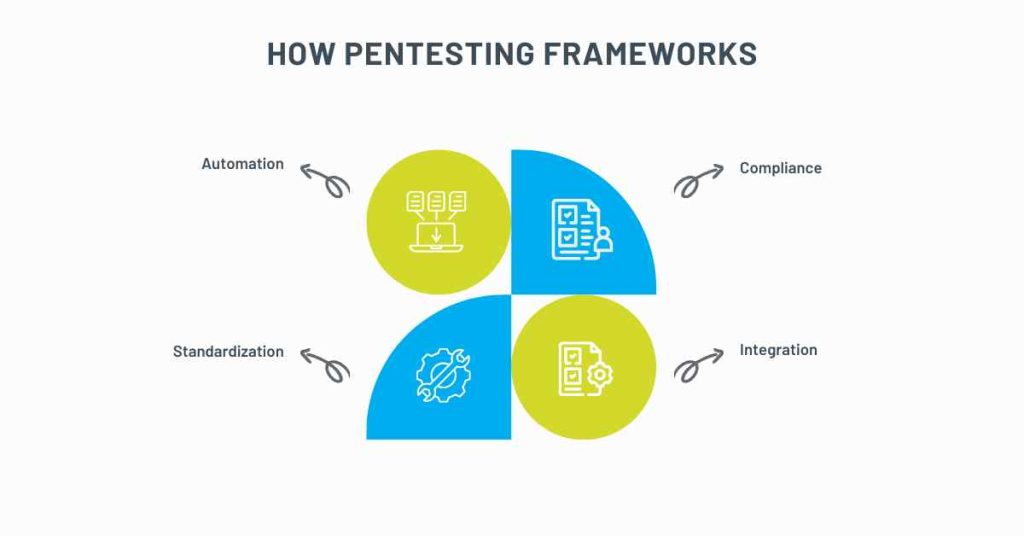
1. Automation
AWS pentesting frameworks automate many aspects of the testing process, from vulnerability scanning to privilege escalation checks. This reduces manual workload, allowing teams to focus on in-depth analysis and remediation.
2. Standardization
Using a framework ensures that your testing process follows a consistent structure, which makes it easier to track progress, compare results, and ensure nothing is overlooked.
3. Compliance
Frameworks often come pre-configured with best practices and benchmarks, ensuring your assessments align with compliance requirements such as CIS benchmarks and AWS Well-Architected Framework guidelines.
4. Integration
Many frameworks can integrate with your existing security tools, such as SIEM systems or vulnerability scanners, providing a more cohesive and automated security assessment workflow.
Challenges of AWS Pentesting
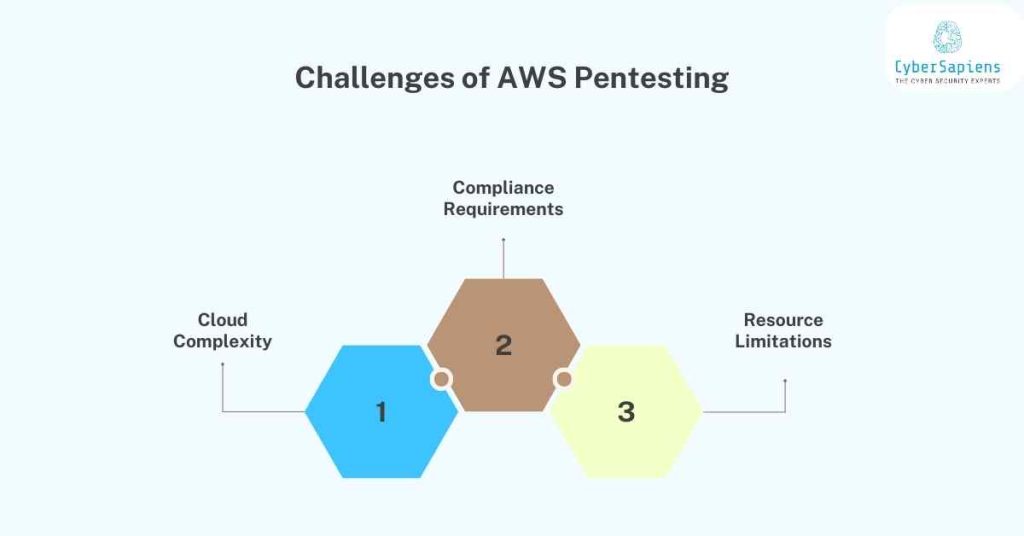
Despite their usefulness, AWS pentesting frameworks do come with certain challenges. These include:
1. Cloud Complexity
AWS environments can become complex very quickly, with thousands of resources and users interacting in various ways. This complexity can make it difficult to pinpoint vulnerabilities without the right framework in place.
2. Compliance Requirements
AWS has specific rules about what can and cannot be tested, and these must be carefully followed to avoid violating the terms of service.
3. Resource Limitations
AWS environments may be restricted by resource quotas, which can limit the effectiveness of certain testing strategies, especially those that involve simulating large-scale attacks.
Best Practices for AWS Pentesting Using Frameworks
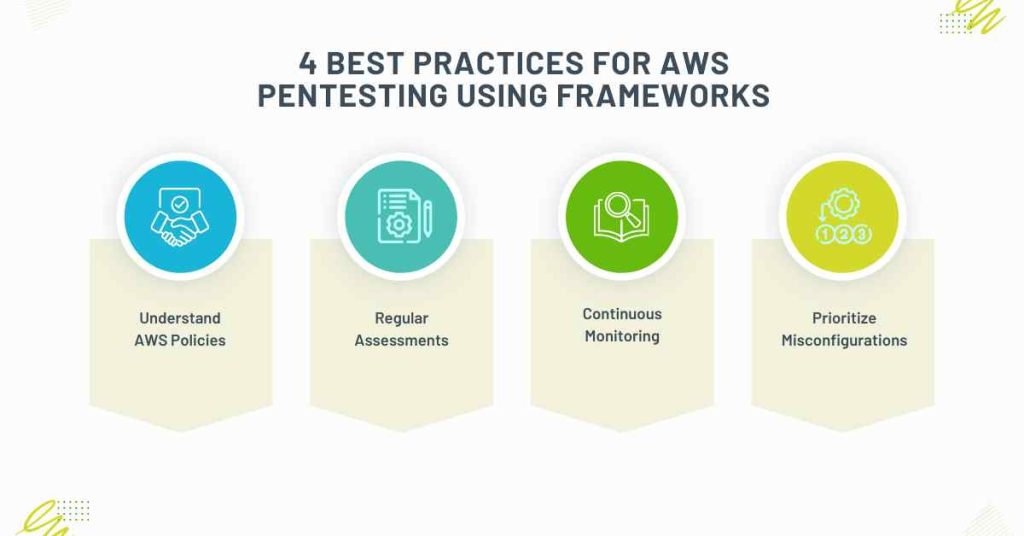
1. Understand AWS Policies
Before starting any pen-testing activity, ensure that you have read and understood AWS’s penetration testing policies. Unauthorized testing can lead to account suspension.
2. Regular Assessments
Cloud environments are dynamic, and new vulnerabilities can emerge with each configuration change. Schedule regular pen tests to stay ahead of threats.
3. Continuous Monitoring
Integrating pentesting frameworks with continuous monitoring tools ensures that vulnerabilities are identified and addressed in real-time.
4. Prioritize Misconfigurations
AWS environments are often vulnerable due to misconfigurations. Focus on identifying and resolving these issues to strengthen your security posture.
Conclusion
AWS pentesting frameworks are essential tools for organizations looking to protect their cloud environments. By streamlining the assessment process, automating key tasks, and ensuring compliance with security standards, these frameworks help teams identify vulnerabilities efficiently and effectively. Whether you’re a security professional or a business leader, leveraging these tools can enhance your AWS security posture, giving you the peace of mind that your cloud infrastructure is secure.
FAQs: AWS Pentesting Frameworks
1. What is an AWS Pentesting Framework?
Ans: An AWS pentesting framework is a structured approach to security testing that outlines the steps, tools, and techniques used to identify vulnerabilities and weaknesses in a cloud-based environment. It provides a comprehensive guide for security teams to assess and improve the security posture of their AWS environments.
2. Why Do I Need an AWS Pentesting Framework?
Ans: You need an AWS pentesting framework to ensure the security and integrity of your cloud-based environment. A framework helps you streamline security assessments, improve efficiency, and enhance collaboration among security teams. It also helps you demonstrate compliance with regulatory requirements and industry standards.
3. What Are the Benefits of Using an AWS Pentesting Framework?
Ans: The benefits of using an AWS pentesting framework include streamlined security assessments, consistency and reproducibility, improved efficiency, enhanced collaboration, and compliance with regulatory requirements. A framework also helps you identify and remediate vulnerabilities and weaknesses, improving your overall security posture.
4. Which AWS Pentesting Framework Should I Use?
Ans: The choice of an AWS pentesting framework depends on your organization’s specific needs and requirements. Popular frameworks include AWS CloudFormation, AWS Security Hub, AWS Cloud Security Architecture, NIST Cloud Security Framework, and MITRE ATT&CK. Consider factors such as security requirements, skills and expertise, compliance and regulatory requirements, scalability and flexibility, and integration with existing tools.
5. How Do I Implement an AWS Pentesting Framework?
Ans: To implement an AWS pentesting framework, plan and scope the security assessment, configure the framework, perform security testing, analyze and report findings, and remediate and validate fixes. Ensure that you have the necessary skills and expertise to implement the framework effectively.
6. What Are the Key Components of an AWS Pentesting Framework?
Ans: The key components of an AWS pentesting framework include planning and scoping, configuration and setup, security testing and assessment, analysis and reporting, and remediation and validation. The framework should also include guidelines for compliance with regulatory requirements and industry standards.
7. How Often Should I Perform AWS Security Assessments Using a Pentesting Framework?
Ans: The frequency of AWS security assessments using a pentesting framework depends on your organization’s specific needs and requirements. Regular security assessments, such as quarterly or bi-annually, can help identify and remediate vulnerabilities and weaknesses proactively.
8. Can I Use an AWS Pentesting Framework for Compliance with Regulatory Requirements?
Ans: Yes, many AWS pentesting frameworks are designed to help organizations demonstrate compliance with regulatory requirements, such as HIPAA, PCI-DSS, and GDPR. Ensure that you choose a framework that meets your specific compliance needs and requirements.
9. How Do I Choose the Right Tools and Technologies for My AWS Pentesting Framework?
Ans: Choose the right tools and technologies for your AWS pentesting framework by considering factors such as compatibility with your AWS environment, ease of use, scalability and flexibility, and compliance with regulatory requirements. Ensure that you have the necessary skills and expertise to use the tools and technologies effectively.
10. What Are the Best Practices for Using an AWS Pentesting Framework?
Ans: Best practices for using an AWS pentesting framework include planning and scoping the assessment carefully, configuring the framework correctly, performing security testing and assessment comprehensively, analyzing and reporting findings clearly and concisely, and remediating and validating fixes promptly. Ensure that you document your process and findings carefully for future reference and compliance purposes.

